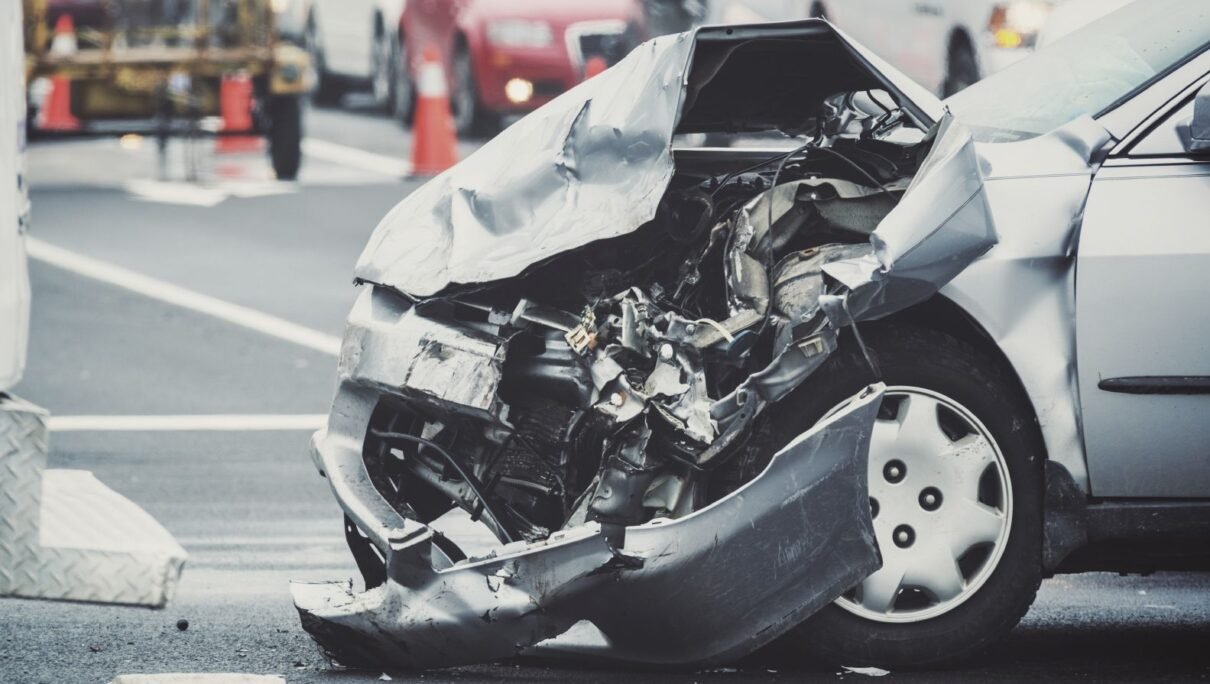Failure to yield: Drivers may fail to yield to pedestrians, bicyclists, or other vehicles, creating hazardous situations for everyone involved. This is a common issue in cities and one that can have serious consequences.
Pedestrians, bicyclists, and other vulnerable road users are at particular risk when drivers fail to yield. In fact, failure to yield is a leading cause of accidents involving pedestrians and bicyclists. According to the National Highway Traffic Safety Administration, more than 5,000 pedestrians and 800 bicyclists are killed each year in traffic accidents in the United States.
In this article, we will explore the issue of failure to yield and its impact on road safety. We will discuss some of the common reasons why drivers fail to yield, the consequences of such behavior, and what can be done to address this problem.

Common Reasons for Failure to Yield There are several reasons why drivers may fail to yield to other road users, these include:
- Lack of awareness: Some drivers simply may not be paying attention or may not be aware of their surroundings. They may be distracted by their phones, the radio, or other passengers in the car.
- Impatience: Drivers who are in a hurry may be more likely to ignore traffic laws and fail to yield to others.
- Misunderstanding of right-of-way: Some drivers may not understand who has the right-of-way in a particular situation.
- Aggressive driving: Aggressive drivers may view other road users as obstacles and may not be willing to yield to them.
Consequences of Failure to Yield :
The consequences of failure to yield can be severe. Pedestrians and bicyclists are particularly vulnerable to serious injury or death in such situations. Even when accidents do not result in injuries, they can still have a significant impact on the lives of those involved. For example, a pedestrian who is hit by a car may suffer from post-traumatic stress disorder or other psychological effects.
In addition to the human toll, failure to yield can also have financial consequences. Those involved in accidents may face medical bills, lost wages, and other costs. Drivers who are found to be at fault may also face fines and higher insurance premiums.
Addressing the Problem of Failure to Yield
There are several steps that can be taken to address the problem of failure to yield. These include:
- Education: Drivers can be educated about the importance of yielding to other road users. This can be done through public awareness campaigns, driver education programs, and other initiatives.
- Enforcement: Police can enforce traffic laws and issue citations to drivers who fail to yield.
- Infrastructure improvements: Cities can make improvements to infrastructure, such as adding crosswalks and bike lanes, to make it easier for pedestrians and bicyclists to navigate safely.
- Technology: Advances in technology, such as pedestrian detection systems and automatic emergency braking, can help prevent accidents caused by failure to yield.
Conclusion
Failure to yield is a serious problem that can have far-reaching consequences. Pedestrians, bicyclists, and other vulnerable road users are at particular risk when drivers fail to yield. By understanding the common reasons why drivers fail to yield, the consequences of such behavior, and what can be done to address this problem, we can work together to make our roads safer for everyone.






